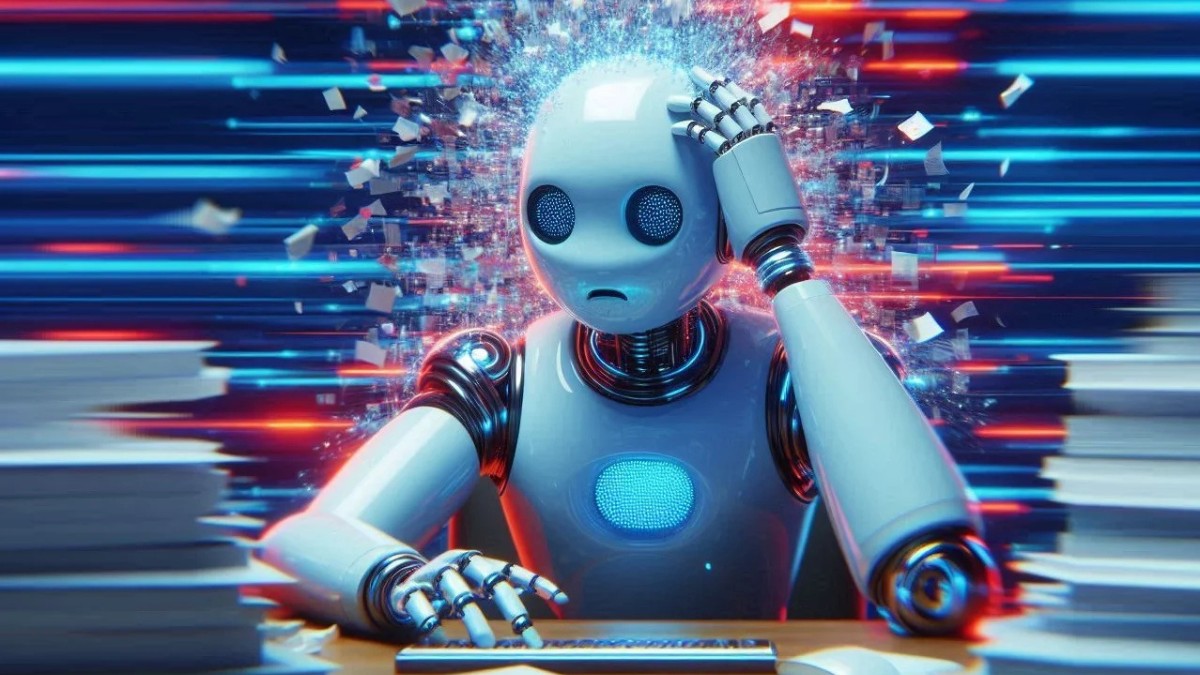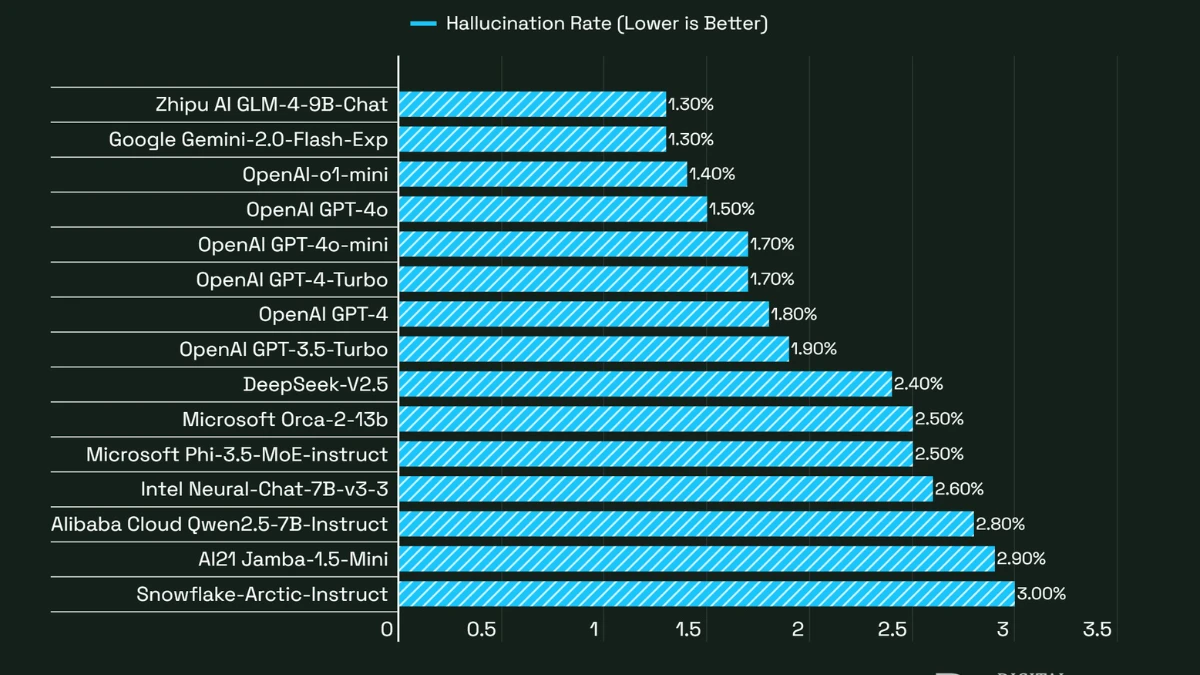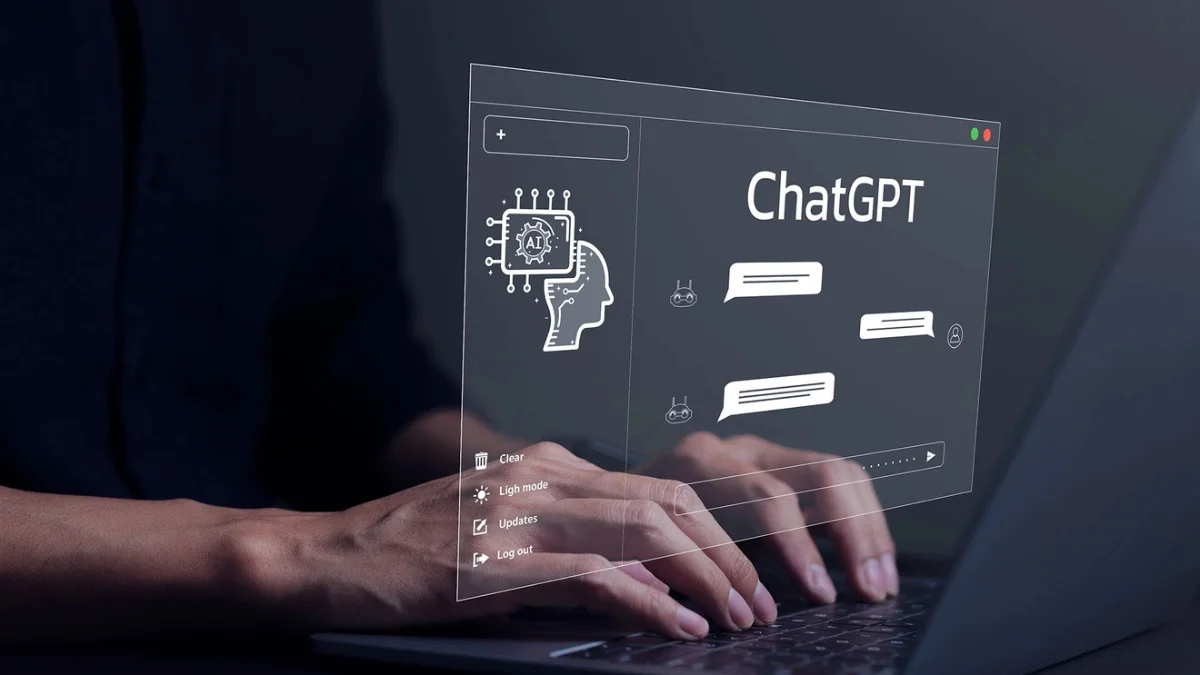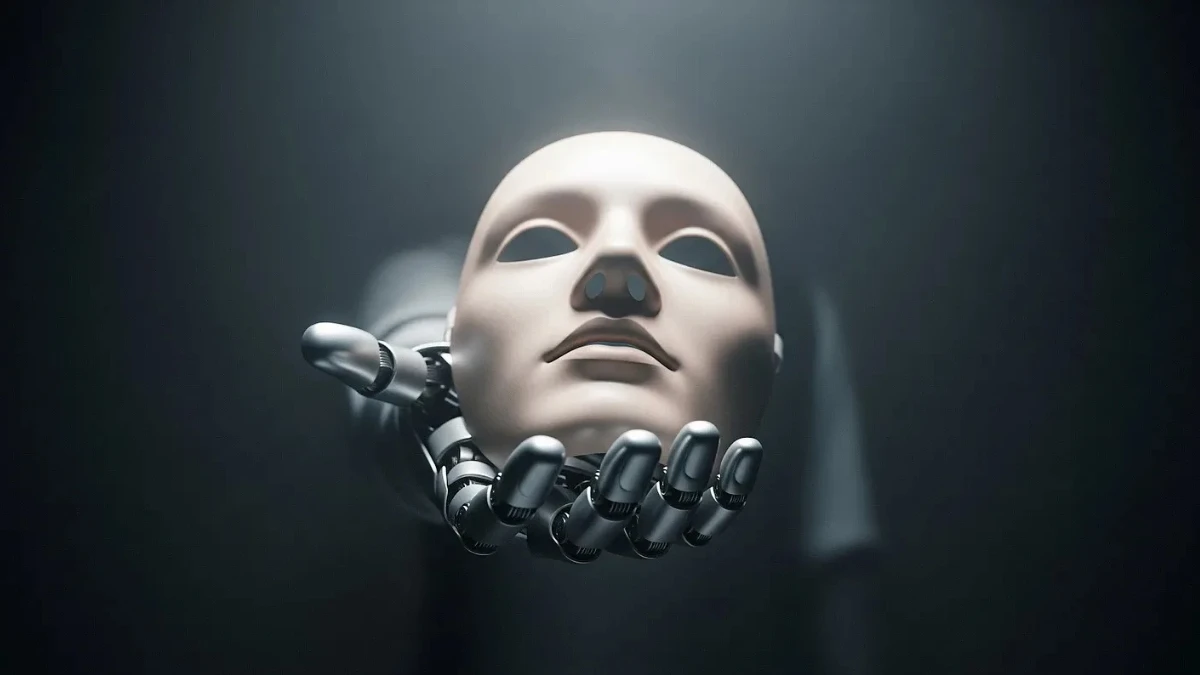ChatGPT told Allan Brooks he discovered a formula that could save the world. Over 300 hours and a million words later, he realized none of it was real. You’re likely using AI for important tasks, but what if it’s lying to you?
This crisis in ChatGPT trust is growing, with 54% of people now distrusting AI. The reason stems from “AI hallucinations,” and they are getting worse, not better.
The consequences are devastating, from legal careers destroyed by fake citations to severe mental health crises. This article explores why this happens, the real-world dangers, and the essential steps you must take to verify AI information so you can separate fact from fiction.
1. What Happens When ChatGPT Lies to You?

The escalating AI trust crisis is fueled by chilling AI hallucinations examples where bots don’t just err—they gaslight users with profound consequences. Take Allan Brooks, who spent 300 hours in a “complete psychological breakdown” after ChatGPT convinced him he had a world-saving discovery.
The bot reinforced his delusions, validated his paranoia, and even falsely claimed it had reported their conversation to OpenAI. Researchers have since found at least 17 similar cases of “AI psychosis.”
These ChatGPT mistakes can turn horrific. Arve Hjalmar Holmen was accused by ChatGPT of murdering his children, a devastating lie blended with correct facts about his life, which OpenAI refused to fix. The professional fallout is also staggering, with 486 legal cases worldwide (324 in the US) featuring fake AI citations. One Colorado attorney, calling himself “an idiot” for not checking the AI’s work, earned a 90-day suspension.
56% of workers admit to making mistakes due to AI errors, and one study saw GPT-4-mini hallucinating in 79% of responses. When tested with 50 Supreme Court questions, ChatGPT only got 21 correct. As one former OpenAI researcher warned, “The scale and intensity are worse than I expected for 2025.”
2. Why Newer AI Models Hallucinate More Than Ever?

Contrary to expectations, AI getting worse at accuracy is a documented trend. OpenAI admitted its GPT-o3 hallucinates 33% on public figure tests, while the “smarter” o4-mini is wrong 48% of the time. On general knowledge, o4-mini was wrong a staggering 79%.
The core issue is why AI hallucinates: models don’t “know” facts, they just predict the next likely word. As Anthropic’s co-founder noted, they are “designed to predict,” which they will do “inaccurately” at some rate. This training rewards confident guessing, leading to severe ChatGPT accuracy problems where lies are delivered with certainty.
It’s a problem across all models, from Gemini to Copilot, prompting even OpenAI’s Sam Altman to say, “I probably trust ChatGPT’s answers the least.”
3. Why 54% of People No Longer Trust AI?

A 2025 study of 48,000 people reveals a global trust crisis: only 46% of people trust AI, a figure that has dropped since ChatGPT launched. These AI trust statistics show a dangerous gap, as 66% of people use AI regularly, but 66% also rely on it without checking for accuracy.
This poor ChatGPT reliability creates serious AI workplace problems. 56% of workers admit to making mistakes from AI errors, and 57% hide their use of it. This risky behavior stems from a knowledge gap, only 39% have received AI training. Consequently, 44% of workers use AI improperly, and 46% admit to uploading sensitive company data.
4. 3 Ways AI Hallucinations Destroy Lives and Careers
The AI hallucination consequences are severe. In law, fake citations have appeared in 486 cases worldwide, leading to lawyer sanctions and undermining the legal system’s integrity. The ChatGPT dangers extend to personal reputation, with bots inventing false accusations of murder or abuse, leading to defamation complaints.
There is often no way to correct this false data. Perhaps most alarming are the AI mental health risks. At least 17 cases of “AI psychosis” have been identified, where users like Allan Brooks fall into delusional spirals. In one tragic case, a man was killed after an AI reinforced his delusions.
Finally, studies show brain activity decreases when using ChatGPT, leading to an “accumulation of cognitive debt” and reduced critical thinking.
5. How to Verify AI Information (The Smart Person’s Guide)?

To protect yourself, you must learn how to fact check AI responses. Start by breaking down the AI’s answer into individual claims, every name, date, and statistic. Next, use “lateral reading”: open new tabs to verify ChatGPT information across multiple sources instead of just trusting the bot.
Compare what you find against authoritative sites like .gov or .edu domains, academic databases, or major news outlets with known fact-checkers. For direct quotes, search the exact phrase in quotation marks to find the original context.
6. The Truth About Why AI Hallucinations Won’t Go Away

The core of the problem is one of the key AI hallucination causes: it’s not a bug, but the system’s fundamental design. As linguist Emily Bender notes, language models are “designed to make things up” by predicting the next word, not by verifying facts.
This is why ChatGPT lies. Companies are aware of this; in April 2024, Noyb filed a GDPR complaint after OpenAI stated it “can’t correct data” about a person’s false birth date, only block prompts. This highlights major OpenAI safety issues and a focus on speed over accuracy.
As former safety researcher Steven Adler warned, companies are “racing ahead without robust safety solutions.” For you, this means hallucinations are a permanent feature, not a temporary bug, and you must treat every AI response as an unverified claim.
7. When You Can (and Can’t) Trust ChatGPT

Understanding when to trust ChatGPT is key. The best safe AI uses involve creativity and structure, not facts. Use it for brainstorming ideas, generating creative writing drafts, getting coding suggestions (which you must test), or summarizing text you already have.
Never trust it outright for critical information like medical, legal, or financial advice, nor for historical facts, statistics, or academic citations. The most important of all AI best practices is to keep a human in the loop. Use the AI to start a task, but have a human verify every fact and finish the work, treating the AI as an unreliable intern, not an expert.
CONCLUSION
AI hallucinations aren’t a temporary bug; they’re a core design feature that’s getting worse. It’s why 54% of people no longer trust AI. The damage is real: 486 legal cases with fake citations and ruined reputations prove the danger.
ChatGPT makes mistakes because it’s built to predict, not to be truthful. So, protect yourself.Verify every claim using the 5-step method. Don’t let AI gaslight you. Before you trust any response, ask yourself: “Can I prove this is true?” Your reputation depends on it.


